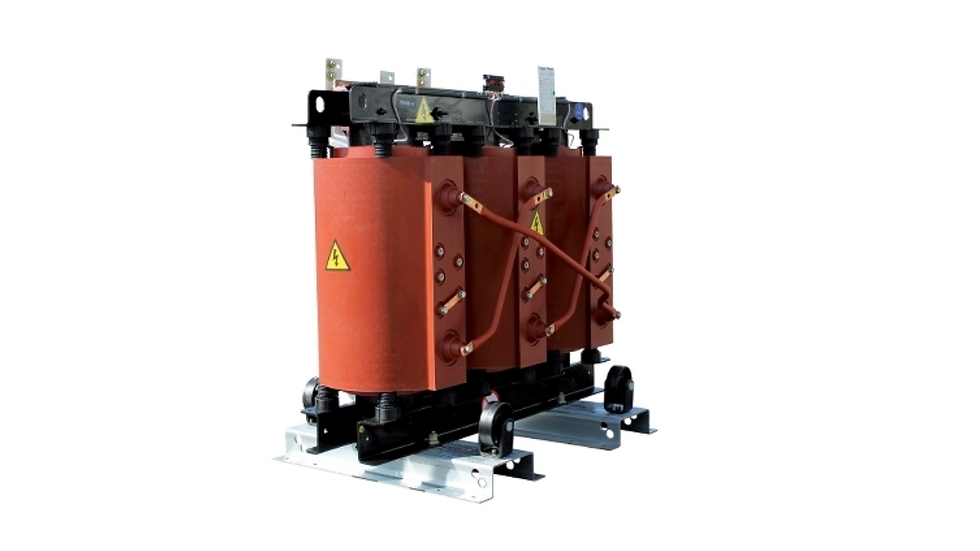Voltage Transformers: Essential for Reliable Power Distribution
- Harley

- Aug 19
- 4 min read

Electricity is the lifeblood of modern society, powering everything from our homes to industries. In Thailand, where rapid urbanization and industrial growth are prevalent, ensuring a stable and efficient power supply is paramount. A critical component in this infrastructure is the voltage transformer, which plays a pivotal role in adapting electricity to safe and usable levels for consumers and industries alike.
Voltage transformers are indispensable in the power distribution network. They step down high transmission voltages to lower levels suitable for residential and commercial use, ensuring safety and efficiency. Without these transformers, the electricity delivered would be either too high to use safely or too low to be effective.
Key Takeaways
Voltage Transformers Defined: Voltage transformers, also known as potential transformers (PTs), are designed to reduce high voltages to lower, manageable levels suitable for measurement and control.
Types of Voltage Transformers: They come in various forms, including electromagnetic, capacitive, and optical, each suited to different applications and voltage levels.
Role in Power Distribution: These transformers ensure that electricity is delivered at safe and usable voltages, preventing damage to equipment and ensuring the safety of users.
Selection Criteria: Choosing the right transformer involves considering factors like voltage rating, accuracy, burden, and compliance with standards.
Maintenance Importance: Regular maintenance is crucial to ensure the longevity and reliability of voltage transformers in the power distribution network.
Understanding Voltage Transformers
Definition and Basic Function
Voltage transformers are a type of instrument transformer used to step down high voltages from the power system to lower, standardized levels. This reduction makes it possible to safely measure and monitor electrical parameters without direct exposure to high-voltage circuits.
Types of Voltage Transformers
Electromagnetic Voltage Transformers: These are the most common type, using magnetic induction to reduce voltage levels.
Capacitive Voltage Transformers (CVTs): Used for very high voltages, CVTs utilize a capacitive divider to step down voltage levels.
Optical Voltage Transformers: A newer technology, these use optical sensors to measure voltage, offering high accuracy and isolation.
Role of Voltage Transformers in Power Distribution
Ensuring Safe Voltage Levels
Voltage transformers step down high transmission voltages to levels that are safe for residential and industrial use. This process prevents potential hazards such as electrical fires or equipment damage due to overvoltage.
Maintaining Grid Stability
By providing accurate voltage measurements, voltage transformers help in monitoring and controlling the power grid, ensuring stable and reliable electricity supply.
Applications in Thailand’s Power System
In Thailand, voltage transformers are integral to the power distribution network, serving in various applications from urban areas to industrial zones, ensuring that electricity is delivered safely and efficiently to all sectors.
Selecting the Right Voltage Transformer
Factors to Consider
Voltage Rating: Ensure the transformer can handle the required voltage levels.
Accuracy Class: Choose a transformer with the appropriate accuracy for your application.
Burden: Consider the load the transformer will carry to ensure it operates within its capacity.
Compliance with Standards: Ensure the transformer meets local and international standards for safety and performance.
Common Mistakes to Avoid
Underestimating Voltage Requirements: Choosing a transformer with insufficient voltage capacity can lead to equipment damage.
Ignoring Maintenance Needs: Neglecting regular maintenance can reduce the lifespan and reliability of the transformer.
Overloading: Exceeding the transformer's rated burden can lead to overheating and failure.
Installation and Maintenance
Proper Installation Practices
Ensure that voltage transformers are installed according to manufacturer specifications and local electrical codes. Proper installation is crucial for safety and optimal performance.
Routine Maintenance Tips
Regular Inspections: Check for signs of wear, damage, or overheating.
Cleaning: Keep the transformer clean and free from debris to prevent overheating.
Testing: Periodically test the transformer to ensure it operates within specified parameters.
Benefits of Using High-Quality Voltage Transformers
Enhanced Energy Efficiency
Quality transformers operate with minimal energy loss, improving the overall efficiency of the power distribution system.
Improved Reliability and Safety
High-quality transformers are designed to withstand operational stresses, reducing the risk of failures and enhancing safety.
Longevity and Lower Maintenance Costs
Investing in durable transformers can lead to lower maintenance costs and extended service life.
Conclusion
Voltage transformers are essential components in the power distribution network, ensuring that electricity is delivered safely and efficiently to end-users. By understanding their role, selecting the appropriate type, and maintaining them properly, we can ensure a reliable power supply that supports the growth and development of Thailand's infrastructure and economy.
FAQs
What is the primary function of a voltage transformer? The primary function of a voltage transformer is to step down high voltages from the power system to lower, manageable levels suitable for measurement and control.
How do I choose the right voltage transformer? Consider factors such as voltage rating, accuracy class, burden, and compliance with standards when selecting a voltage transformer.
What maintenance is required for voltage transformers? Regular inspections, cleaning, and testing are essential to ensure the transformer operates efficiently and safely.
Can voltage transformers be used for both residential and industrial applications? Yes, voltage transformers are used in both residential and industrial applications to ensure safe and efficient power distribution.
What are the consequences of using an undersized voltage transformer? Using an undersized transformer can lead to equipment damage, overheating, and potential safety hazards.




Comments